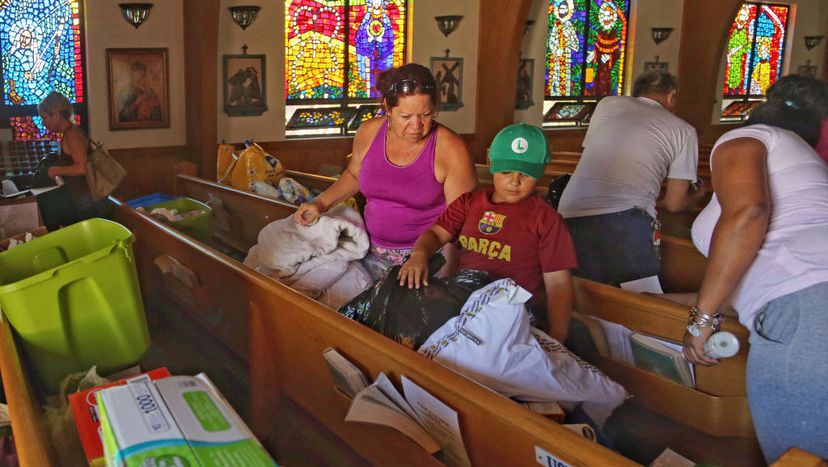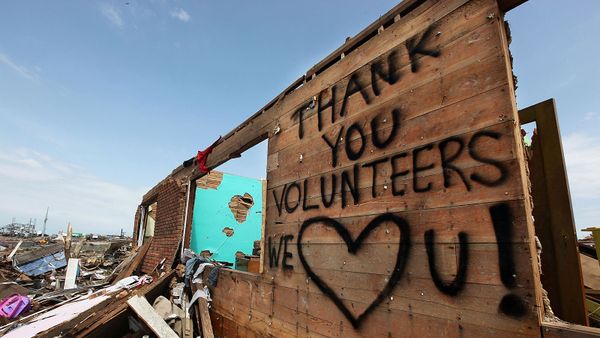According to a 2016 report from the Center for Disaster Philanthropy (CDP), 73 percent of disaster-related donations in 2013 -- from large charitable foundations, corporations, government agencies and online giving -- was spent on immediate disaster response and relief. That's because the intense media coverage surrounding disasters like hurricanes spurs people and foundations to give. But once the TV cameras leave town, donations dry up.
CDP president and CEO Bob Ottenhoff says that after about a week of "overwhelming generosity," very little private money is invested in the longer-term recovery of a storm-battered region.
"Once the storm ends, the work begins," says Ottenhoff, citing the number of homes, business, cars and jobs lost in Houston alone during Hurricane Harvey in 2017. "We're not asking people not to fund the immediate relief, but to think about the long-term recovery in their giving habits."
Ottenhoff says a FEMA official from Texas told him that disaster recovery works in multiples of 10. For every day of immediate relief, there are 10 days required of mid-term rebuilding and 100 days of long-term recovery. So, if it took 10 days to provide immediate relief to the victims of Hurricane Harvey, the long-term recovery -- for families, businesses and Houston's infrastructure -- could go on for many years.
The CDP collects charitable donations immediately after a disaster, but waits to invest the funds until it's clear what needs aren't being met by other nonprofits, government agencies and insurance companies. That could be months after the initial disaster. Responding to Hurricane Haiyan in the Philippines in 2013, the CDP learned that 60,000 women were due to give birth without functioning hospitals, so the organization invested all of its money in maternal health services.
Individuals can take the same approach. Give to help with the immediate crisis, but then wait a few months and give again to support organizations that are doing ongoing work in housing, mental health counseling, employment assistance and other long-term services.


